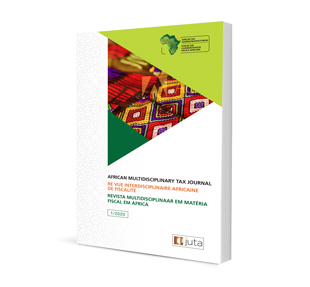Mitigating the cost impact of ICT system failures in tax agencies: lessons from Uganda

Mitigating the cost impact of ICT system failures in tax agencies: lessons from Uganda
Author: Masembe Michael (masembey@gmail.com)
ISSN: 2709-8575
Affiliations: Team leader Tax Education; Uganda Revenue Authority
Source: African Multidisciplinary Tax Journal, 2021 Issue 1, p. 113-132
https://doi.org/10.47348/AMTJ/
Abstract
Tax administrations that have adopted information and communication technology (ICT) face the challenge of system failures. Exhaustive literature exists on the causes and nature of such downtime or failures. This study investigated the cost of downtime in a tax administration, taking the case of the Uganda Revenue Authority (URA) as a case study, and reviewing and analysing system performance reports and interviews with staff on downtime. The study found that while automation enabled tax compliance, it was vulnerable to system downtime, which affected process efficiencies, reduced revenue yield, lowered staff productivity and raised ICT maintenance costs. Existing systems must therefore be continuously monitored with clear system performance levels in light of any future ICT hiccups. The study concluded by recommending alternative manual processes when ICT processes suffer downtime while prioritising compliance support systems uptime ( for example, payment systems) to other systems during downtime. Overall, the tax administrations must have a business continuity strategy with tested downtime safeguards.